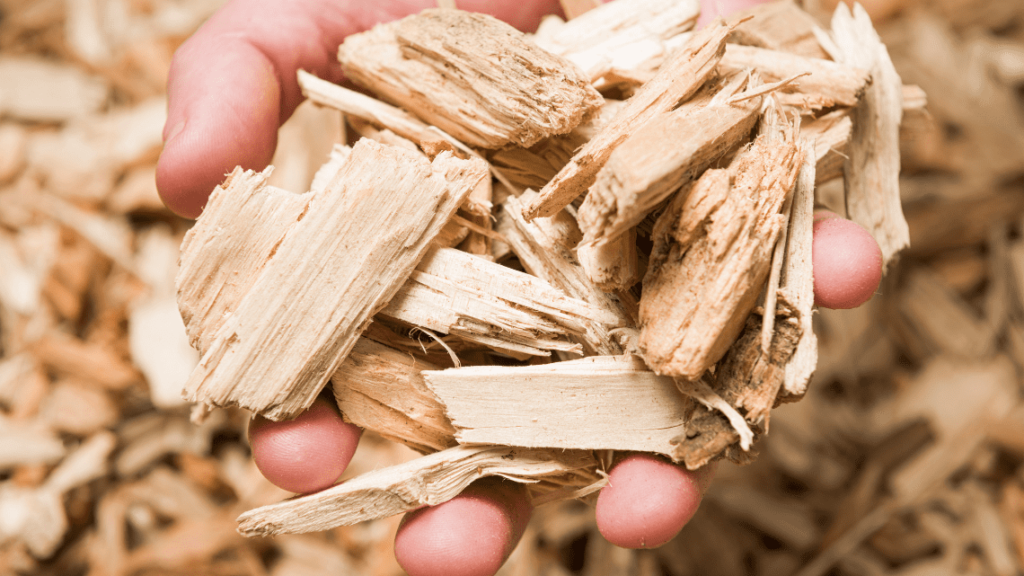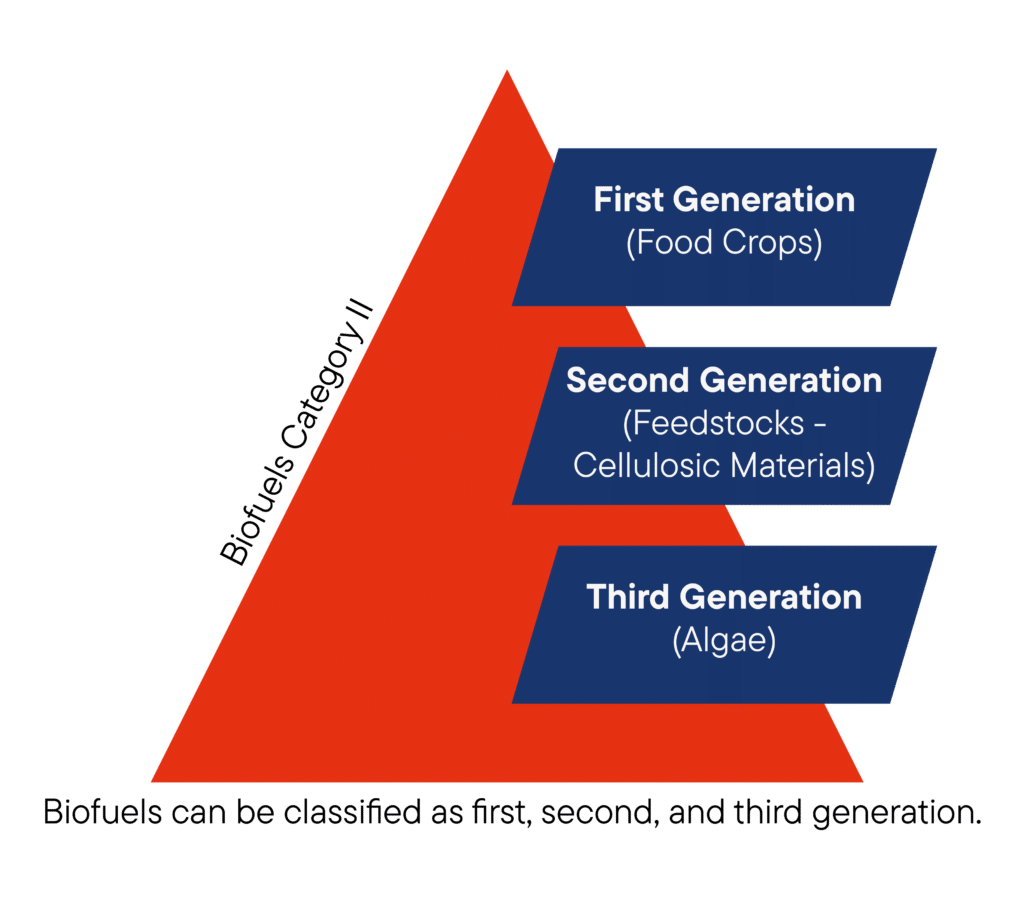Biomass is the term used to describe the weight or total quantity of living organisms in a particular area or ecosystem at any given time. The biomass can vary depending on the species, community, or habitat.
Biomass is viewed as a sustainable and renewable energy source because it can be replenished quickly and can absorb carbon dioxide and release oxygen during its growing cycle. It consists of various organic materials such as wood, plant residues, animal waste, and municipal waste, which can be utilized to generate energy.
Biomass is a vital component in reducing carbon emissions and mitigating climate change by offering a viable alternative to fossil fuels.
Biomass is largely composed of cellulose, hemicellulose, and lignin, which are the primary elements found in the cell walls of plants.
Cellulose, a polymer that is based on glucose, is the main component of the cell wall, while hemicellulose has sugars such as xylans. Lignin is a complex polymer made up of dehydrated alcohols.
Biomass also contains sugars that dissolve in water, amino acids, aliphatic acids, and other compounds. The composition of biomass depends on the content of parameters such as moisture, ash, carbon, nitrogen, and sulphur, which have an impact on its energy value, combustion efficiency, and environmental impact.

Biofuels are fuels that are produced from biomass, which is a mixture of plants and animals from renewable sources. Ethanol and biodiesel are two major categories of biofuels.
Biofuel production involves multiple processes, including deconstruction, fermentation, and conversion. The act of deconstruction is the process of breaking down the rigid structure of the plant cell wall, which is made up of biological molecules like cellulose, hemicellulose, and lignin.
Fermentation involves the metabolize plant sugars by microorganisms and produce ethanol mainly from crops such as corn, sugar cane, and maize, while biodiesel is made from vegetable oils such as soybean oil and canola oil.
Biofuels are a renewable alternative to fossil fuels in transportation and power generation. Biomass can be converted into liquid or gaseous fuels through pyrolysis, gasification, and hydrothermal liquefaction processes.
Bioenergy can also be generated by burning or exchanging dry biomass or captured biogas through controlled anaerobic digestion. In order to reduce greenhouse gas emissions, coal burning involves burning biomass with fossil fuels.

Humans have been utilizing bioenergy for millennia, since they began burning plant or animal materials to fuel their cooking fires.
Biomass energy is becoming more and more popular and renewable alternative to fossil fuels today, and the technology is rapidly advancing. Researchers are investigating biofuel production technology that utilizes waste to generate advanced biofuels.
Thermogravimetric Analysis (TGA) and Differential Scanning Calorimetry (DSC) are two thermal analysis techniques that can be used to examine the thermal stability of biomass. The thermal stability and decomposition behaviour of the material is determined by measuring the weight loss or heat flow of a biomass sample as a function of temperature using these methods.
The thermal decomposition process can be identified by the TGA curve, which includes moisture decomposition, cellulose-hemicellulose decomposition, and lignin decomposition.
The thermal degradation behaviour and chemical kinetic characteristics of different biomass samples, such as palm fronds, olive leaves, and wheat straw, can be investigated using TGA.
The thermal stability of biomass is influenced by factors like heating rate, sample type and size, experimental environment, and gas flow rate.
Rapid heating rates are a good way to move reactions to higher temperatures, while elevating the heating rate and gas flow can speed up the thermal decomposition and weight loss of the sample.
In summary, thermal analysis techniques such as TGA and DSC are used to study the thermal behaviour, kinetics, and product distribution during the combustion or degradation of biomass materials, providing insights into the behaviour of biomass under different conditions.
These techniques are essential for optimizing energy production processes and understanding biomass characteristics for various applications.
Thermal analysis can be also very useful for biomass characterisation.
TGA (thermogravimetry) records mass change, DSC (Differential scanning Calorimetry) measures heat flow and enthalpy of changes, TMA (Thermomechanical analysis) measures change of dimension, deformations, penetration, bending, Dilatometry records change in dimensions/volume, EGA (evolved gas analysis) gives valuable information about gas products released in heating process.
All measurements are recorded as function of temperature in controlled conditions (temperature, pressure, gas flow, presence of oxygen). Methods above can be combined (TGA-DSC-EGA).
The standard testing procedures were described in ASTM:
- ASTM D2584 – Ignition Loss of cured Reinforced Resins
- ASTM E1131 -Compositional analysis by Thermogravimetry
- ASTM E1641 -Decomposition Kinetics by Thermogravimetry using Ozawa/Flynn/Wall Method
- ASTM E2008 – Volatility Rate by Thermogravimetry

Thermogravimetry allows to classify chemical changes in sample, based on TG signal (desorption, single or multistage cracking, single or multiple reactions). There are several factors affecting on TG curves: heating rate (decomposition kinetics, pyrolysis products ratio), sample size (reaction rate, diffusion rate, temperature distribution), atmosphere (decomposition products ratio), pressure or gas flow (decomposition products ration, reaction rate).
Thermogravimetry can be a tool for investigation of the thermal stability (decomposition studies), oxidative stability (storage life) and composition analysis.
One special application of a thermo-balance is a coal gasification or biomass gasification experiment where carbon containing samples undergo a reaction (with or without pressure ramp) in hot water vapor to form CO and CO2 out of the bound carbon. This setup is a small scale experiment of big reactor processes that are commonly used for biomass conversion and can therefore easily be optimized.
DSC can be considered as useful method for biomass analysis to characterize heat flow and heat capacity in process of pyrolysis and combustion. DSC curve indicates the reaction pathway of the biomass. DSC allows to evaluate the effect of evaporation on the deviation of the sample temperature from the heating gas temperature and adsorption energy on the surface of the sample. It gives information on the endothermic/exothermic nature of the processes, thus contributing significantly to interpret the weight changes events detected by the TG curves. Also, DSC curves can be used as discriminant characteristics (i.e. for lignin/hemicellulose).
Citations:
- Ahmed I. Osman, Neha Mehta, Ahmed M. Elgarahy, Amer Al-Hinai, Ala’a H. Al-Muhtaseb & David W. Rooney: Conversion of biomass to biofuels and life cycle assessment: a review Volume 19, pages 4075–4118, 23rd July 2021.
- Sangita Mahapatra, Dilip Kumar, Brajesh Singh, Pravin Kumar Sachan: Biofuels and their sources of production: A review on cleaner sustainable alternative against conventional fuel, in the framework of the food and energy nexus Energy Nexus Volume 4, 30th December 2021, 100036.
- Dr. Sunita Barot: Biomass and Bioenergy: Resources, Conversion and Application- Chapter 9 Renewable Energy for Sustainable Growth Assessment, 25th February 2022.
